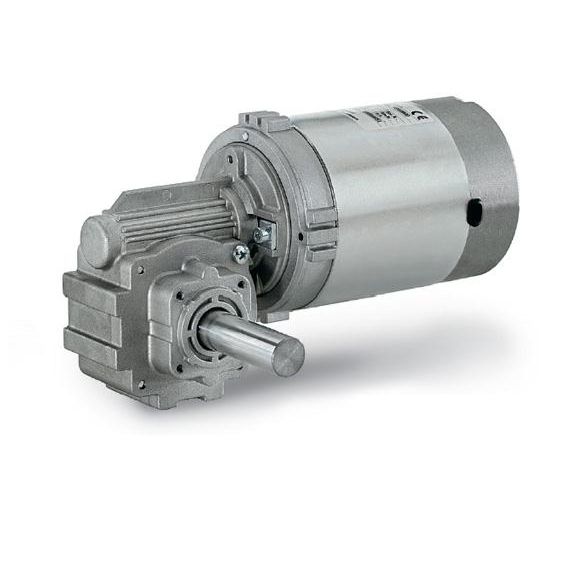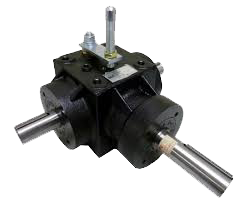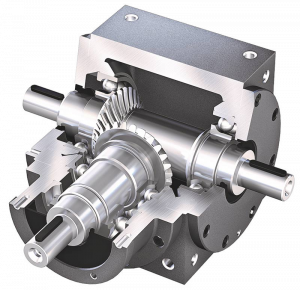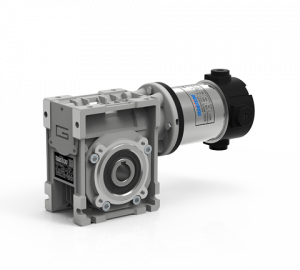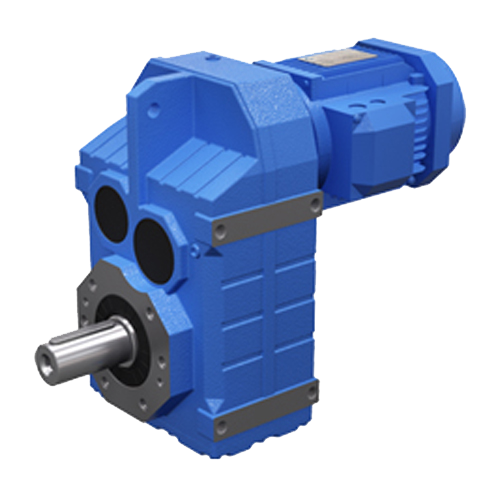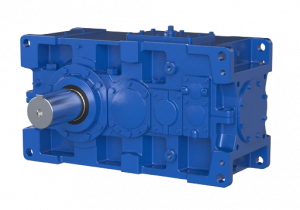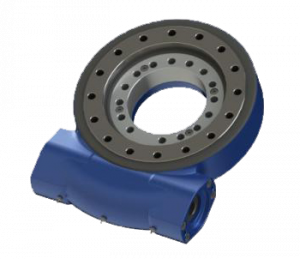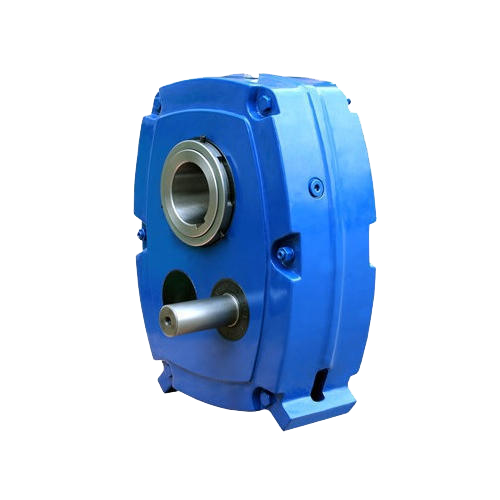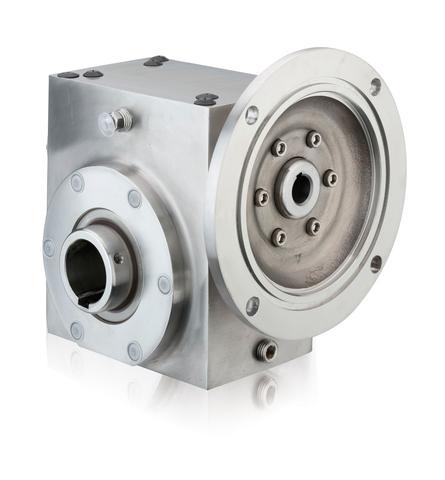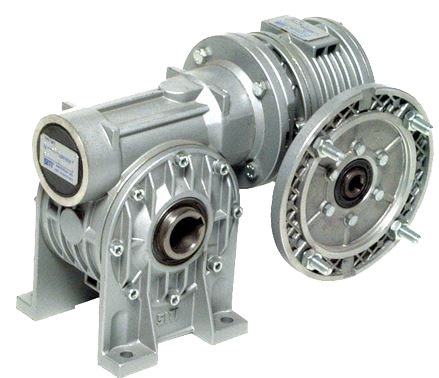The Importance of Regular Gearbox Maintenance: Ensuring Smooth Operations & Prolonging Lifespan
The gearbox is a crucial component in various machines and vehicles, responsible for transmitting power from the engine to the wheels or other moving parts. Whether in automobiles, industrial machinery, or even wind turbines, the proper functioning of a gearbox is vital for overall performance.
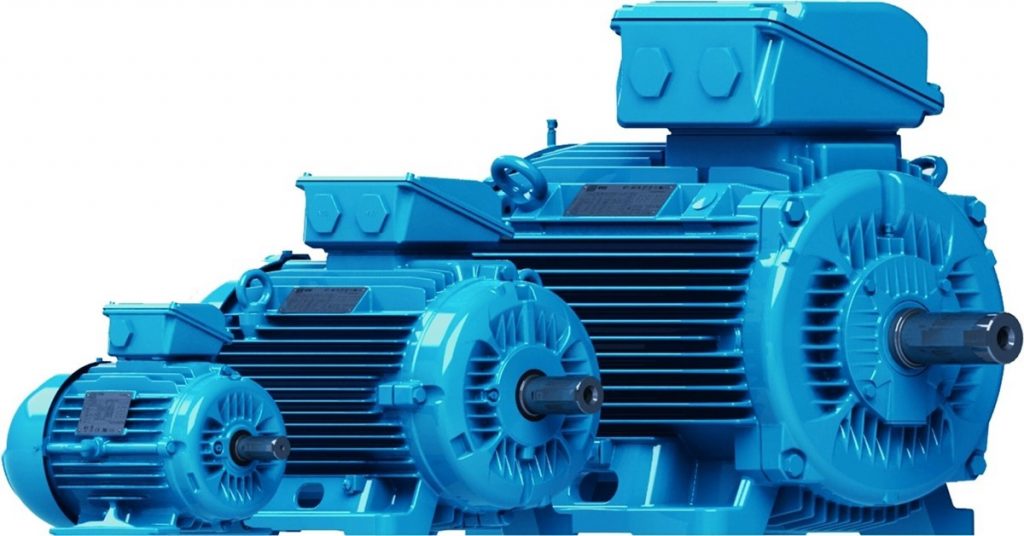
The gearbox is a crucial component in various machines and vehicles, responsible for transmitting power from the engine to the wheels or other moving parts. Whether in automobiles, industrial machinery, or even wind turbines, the proper functioning of a gearbox is vital for overall performance. To ensure smooth operations and prolong the lifespan of your equipment, regular gearbox maintenance is essential.
Understanding Gearbox Functionality
Before delving into the importance of maintenance, it’s crucial to understand how a gearbox functions. In simple terms, a gearbox, also known as a transmission, is a mechanical device that adjusts the speed and torque of a rotating power source. This adjustment is necessary because different components of a machine or vehicle operate optimally at various speeds and torque levels.
Gearbox Maintenance Schedule
Regular maintenance is key to preventing potential issues and avoiding costly repairs. Establishing a gearbox maintenance schedule is a proactive approach to ensure the longevity and efficiency of the equipment. The frequency of maintenance depends on the type of gearbox, its application, and the operating conditions. However, a general guideline is to perform maintenance every 12 to 24 months or after a specific number of operating hours
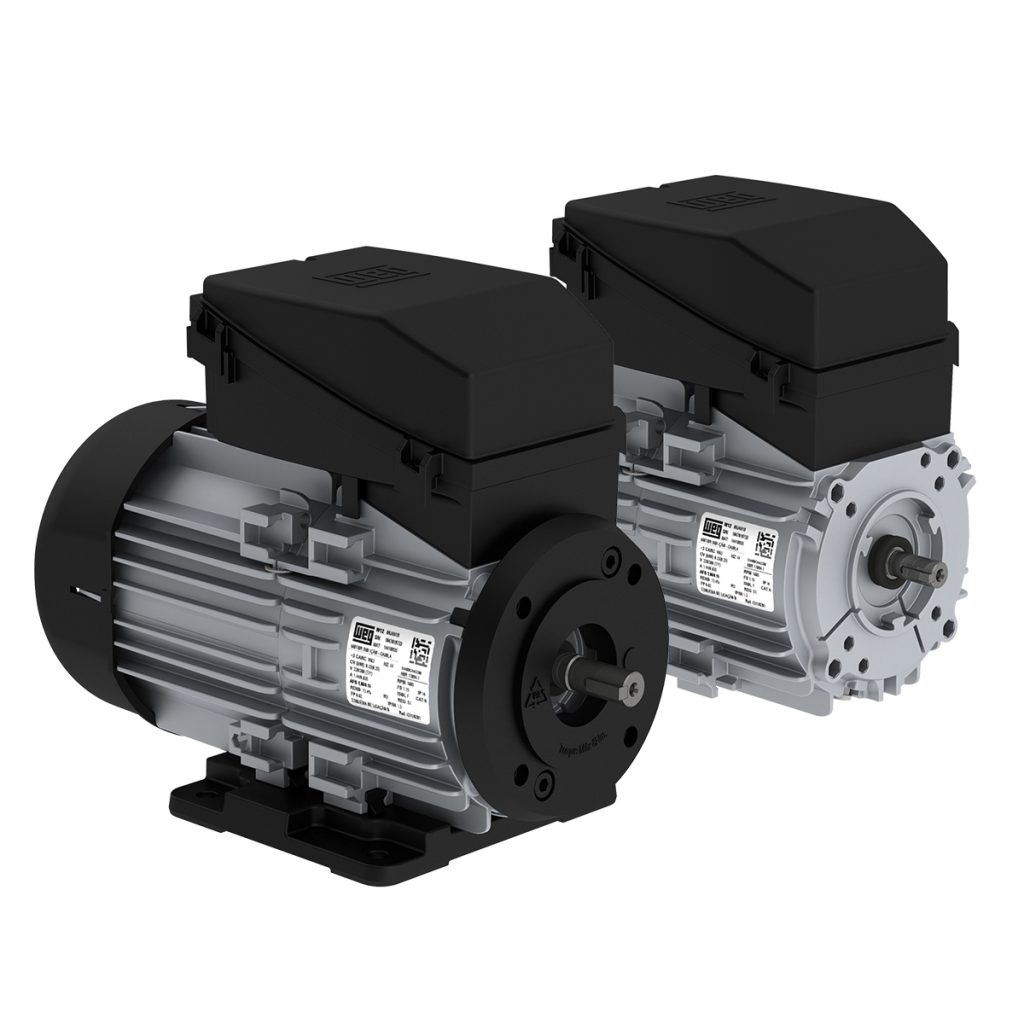
Common Gearbox Maintenance Procedures
Oil Change
The lubricating oil in the gearbox degrades over time due to heat and wear. Regular oil changes help maintain proper lubrication, preventing friction and wear on gears and bearings.
Inspection of Seals and Gaskets
Seals and gaskets play a crucial role in preventing oil leakage and keeping contaminants out. Regularly inspect and replace damaged seals and gaskets to maintain the integrity of the gearbox.
Gear Inspection
Check for signs of wear or damage on gears. Abnormalities such as chipped teeth or uneven wear patterns can indicate issues that need addressing before they escalate.
Bearing Maintenance
Bearings support the rotating shafts within the gearbox. Ensure they are properly lubricated and replace any worn-out bearings to prevent excessive friction and potential breakdowns.
Alignment Checks
Misalignment of gearbox components can lead to increased wear and reduced efficiency. Regularly check and correct any misalignments to ensure smooth operation.

Benefits of Gearbox Maintenance
Enhanced Efficiency
Well-maintained gearboxes operate more efficiently, translating to better overall performance and fuel efficiency in vehicles or improved productivity in industrial machinery.
Extended Lifespan
Regular maintenance helps identify and address potential issues early, preventing them from developing into major problems that could significantly shorten the lifespan of the gearbox.
Cost Savings
Proactive maintenance is more cost-effective than reactive repairs. Addressing minor issues during scheduled maintenance can prevent the need for expensive gearbox replacements or major repairs.
Reduced Downtime
Unexpected gearbox failures can lead to costly downtime. Scheduled maintenance reduces the risk of sudden breakdowns, keeping your equipment operational and minimizing disruptions to your operations.
Explore the Product Range
In conclusion, gearbox maintenance is a critical aspect of ensuring the reliable and efficient operation of various machines and vehicles. By implementing a regular maintenance schedule and performing essential procedures such as oil changes, inspections, and alignments, you can significantly extend the lifespan of your gearboxes, enhance performance, and ultimately save on repair costs.
Prioritising gearbox maintenance is an investment in the longevity and reliability of your equipment, contributing to smoother operations and improved overall productivity.





